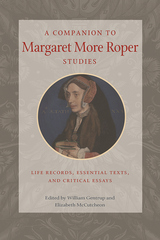
Margaret More Roper is the learned daughter of St. Thomas More, the Catholic martyr; their lives are closely linked to each other and to early sixteenth-century changes in politics and religion and the social upheaval and crises of conscience that they brought. Specifically, Roper's major works - her translation of Erasmus's commentary on the Lord's Prayer and the long dialogue letter between More and Roper on conscience - highlight two major preoccupations of the period: Erasmian humanism and More's last years, which led to his death and martyrdom.
Roper was one of the most learned women of her time and a prototype of the woman writer in England, and this edited volume is a tribute to her life, writings, and place among early women authors. It combines comprehensive and convenient joining of biographical, textual, historical, and critical components within a single volume for the modern reader. There is no comparable study in print, and it fills a significant gap in studies of early modern women writers.

Readers familiar with Castiglione's The Courtier will welcome this translation of Ellis Heywood's Il Moro, which also uses a conversation among friends as a vehicle for expressing philosophical points of view. Written by an Englishman in Italian, it now makes its first appearance in English translation since it was published in 1556.
In Il Moro Heywood constructs a presumably imaginary debate about the nature of true happiness between his great-uncle Sir Thomas More and six of More's friends. As each speaker presents his views, conflicting currents in Renaissance moral philosophy are made explicit. The merchant Laurence presents the cynical view that men are motivated solely by self-interest and thus seek riches as their greatest happiness; Charles, a dabbler in Neo-Stoicism, argues for virtue and the honor it confers; while Peter defines happiness as based on love, after the fashion of the Neo-Platonists. After these alternatives are dismissed, Leonard maintains that happiness is relative to the individual, Alexander opts for knowledge, and Paul holds forth on the theme that seeking happiness is the worst kind of vanity.
More then reconciles these antagonistic views from the standpoint of a Christian humanist. Happiness, says More, is to be found in the control of appetite by reason, that divine faculty in man which uses the things of this world as instruments for working out the full implications of one's relation to God.
Heywood's principal intention in composing this dialogue about happiness seems to have been to provide posterity with a loving memorial of one of England's greatest humanists. Roger Deakins, in his introduction, discusses the circumstances under which the work was written and sketches the philosophical background in classical, Thomistic, and Renaissance Italian literature. The original Italian text has been reproduced in the back of the volume.
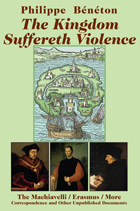
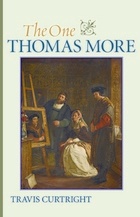
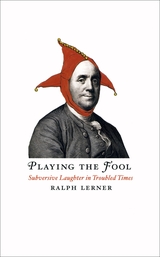
The role of the fool is to provoke the powerful to question their convictions, preferably while avoiding a beating. Fools accomplish this not by hectoring their audience, but by broaching sensitive topics indirectly, often disguising their message in a joke or a tale. Writers and thinkers throughout history have adopted the fool’s approach, and here Ralph Lerner turns to six of them—Thomas More, Francis Bacon, Robert Burton, Pierre Bayle, Benjamin Franklin, and Edward Gibbon—to elucidate the strategies these men employed to persuade the heedless, the zealous, and the overly confident to pause and reconsider.
As Playing the Fool makes plain, all these men lived through periods marked by fanaticism, particularly with regard to religion and its relation to the state. In such a troubled context, advocating on behalf of skepticism and against tyranny could easily lead to censure, or even, as in More’s case, execution. And so, Lerner reveals, these serious thinkers relied on humor to move their readers toward a more reasoned understanding of the world and our place in it. At once erudite and entertaining, Playing the Fool is an eloquently thought-provoking look at the lives and writings of these masterly authors.
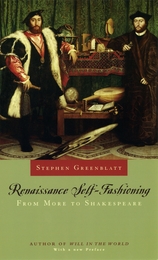
"No one who has read [Greenblatt's] accounts of More, Tyndale, Wyatt, and others can fail to be moved, as well as enlightened, by an interpretive mode which is as humane and sympathetic as it is analytical. These portraits are poignantly, subtly, and minutely rendered in a beautifully lucid prose alive in every sentence to the ambivalences and complexities of its subjects."—Harry Berger Jr., University of California, Santa Cruz
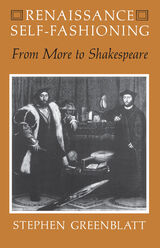
"No one who has read [Greenblatt's] accounts of More, Tyndale, Wyatt, and others can fail to be moved, as well as enlightened, by an interpretive mode which is as humane and sympathetic as it is analytical. These portraits are poignantly, subtly, and minutely rendered in a beautifully lucid prose alive in every sentence to the ambivalences and complexities of its subjects."—Harry Berger Jr., University of California, Santa Cruz
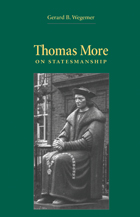
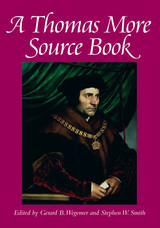
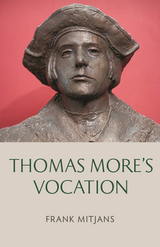
READERS
Browse our collection.
PUBLISHERS
See BiblioVault's publisher services.
STUDENT SERVICES
Files for college accessibility offices.
UChicago Accessibility Resources
home | accessibility | search | about | contact us
BiblioVault ® 2001 - 2024
The University of Chicago Press









